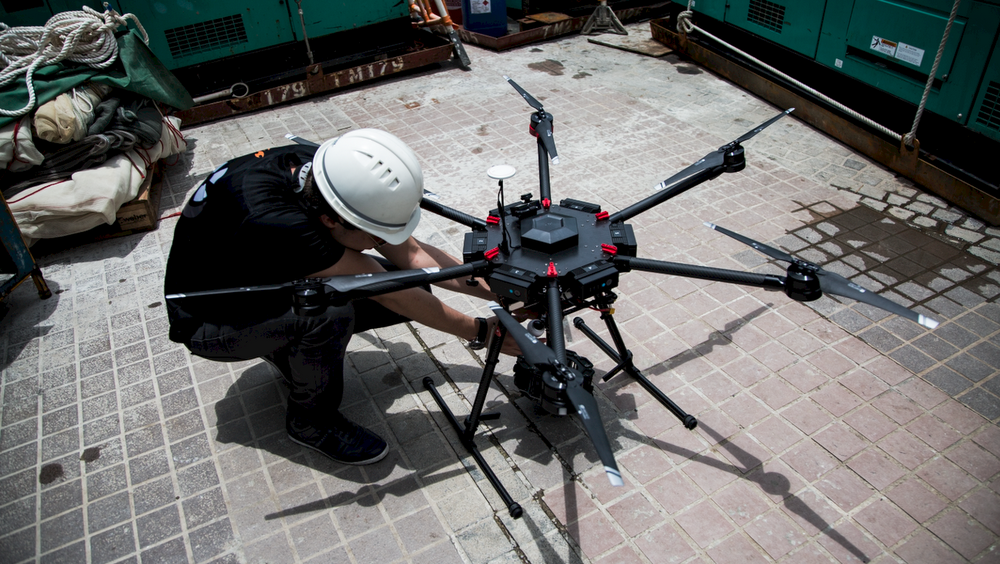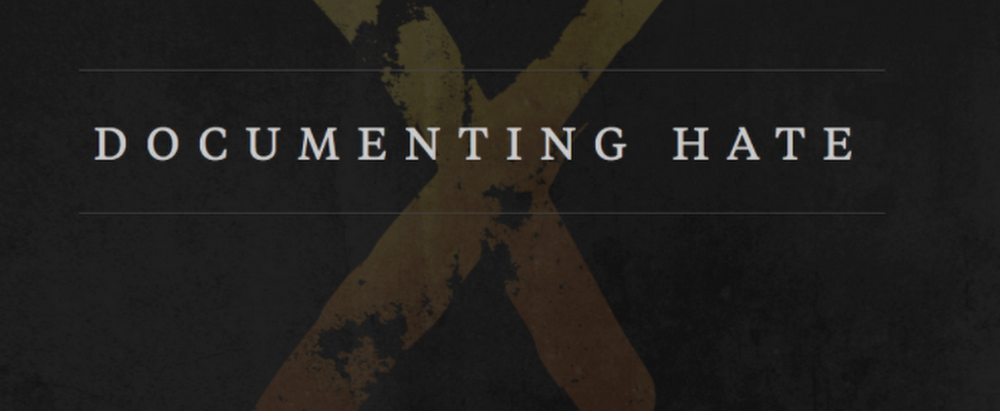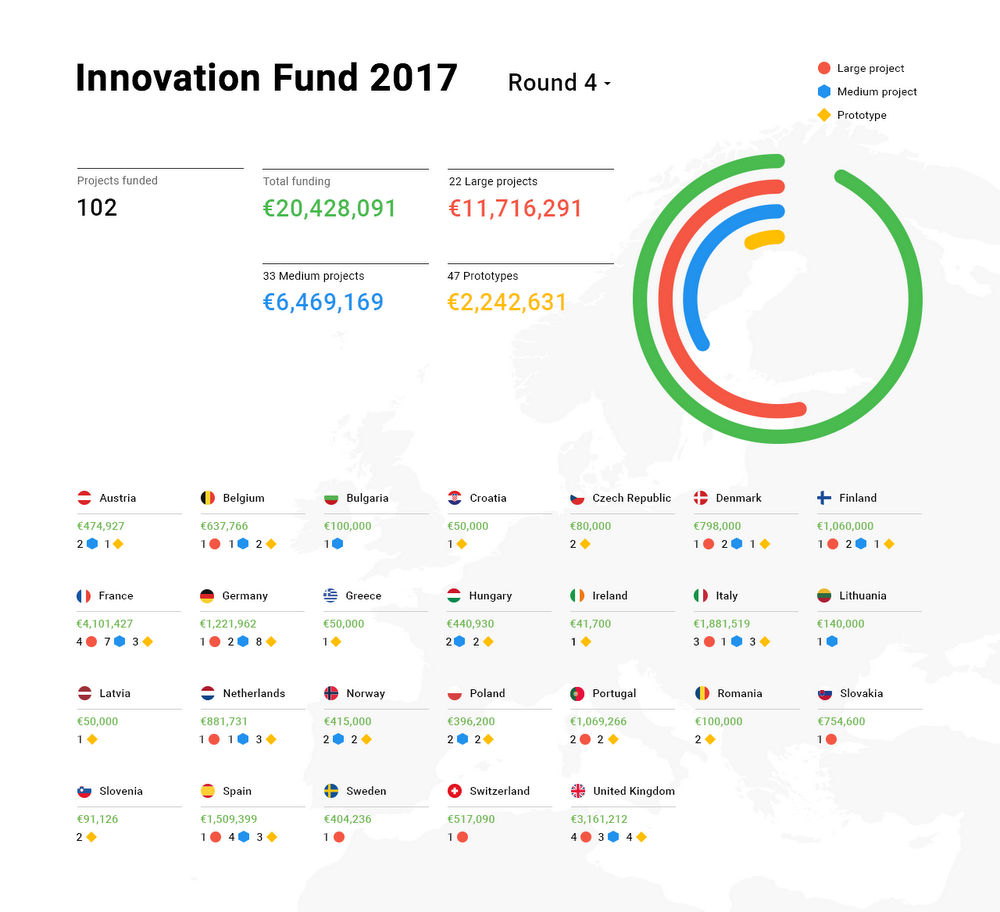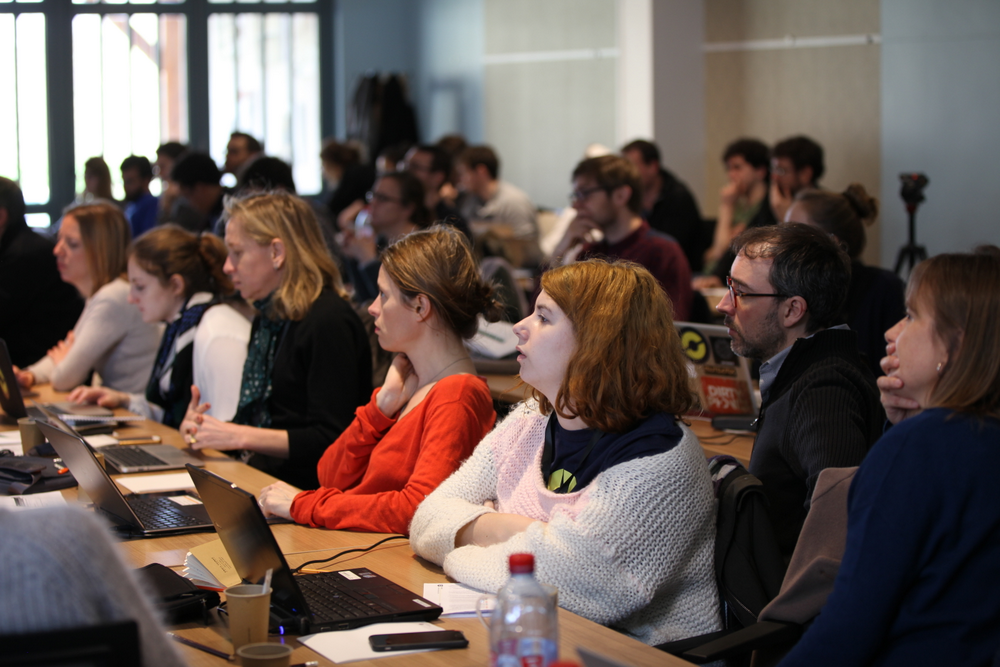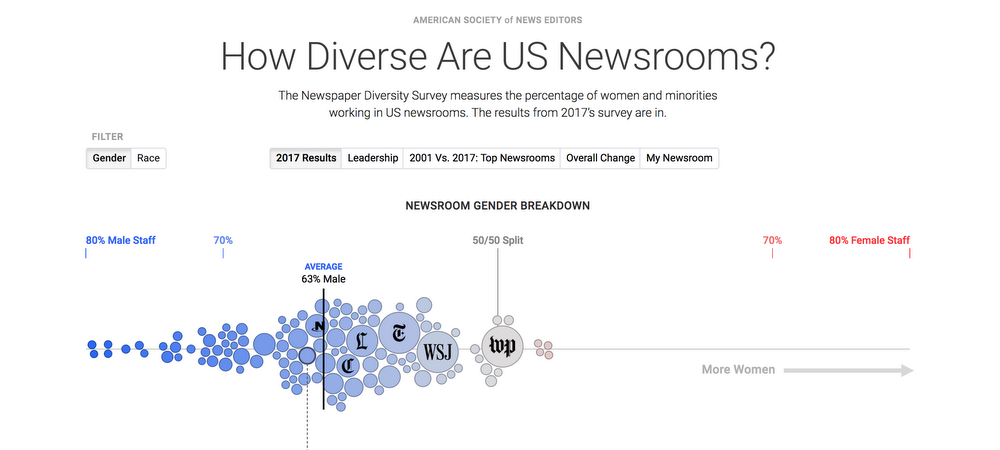This week we’re looking at how the Google News Lab is working with news organizations to build the future of journalism. So far, we shared how the News Lab works with newsrooms to address industry challenges and use emerging technologies. Today, we’ll take a look at the News Lab’s global footprint and its efforts to fuel innovation in newsrooms across the world.
Technology continues to change how journalists across the world report and tell stories. But how technology shapes journalism varies from region to region. This past year our team, the Google News Lab, conducted in-person trainings for journalists across 52 countries. Today, we take a look at the unique challenges of newsrooms in the regions we serve and how we’ve adapted our mission for each region to help build the future of journalism.
Europe
In Europe, it’s been another big year for politics with major general elections taking place in the Netherlands, France, UK, Germany and Norway. We wanted to ensure we were helping newsrooms cover these critical moments with the accuracy and depth they required. So, our efforts across these countries focused on helping newsrooms verify digital content in a timely fashion and providing training in digital skills for journalists.
- We helped the First Draft Coalition pioneer new collaborative reporting models to combat misinformation and verify news stories during the UK, French, and German elections. In France, we supported First Draft's launch of CrossCheck; a collaboration among 37 newsrooms to verify or debunk online stories during the election. In the build up to the elections in the UK and Germany, we also supported fact-checking organizations Full Fact and Correctiv to help newsrooms identify new sources of information. These initiatives helped more than 500 European journalists verify content online and debunk 267 inaccurate stories shared on social during the French and German elections.
- Journalists across Europe used Google Trends to help visualize big political stories—here’s a peek at what they did.
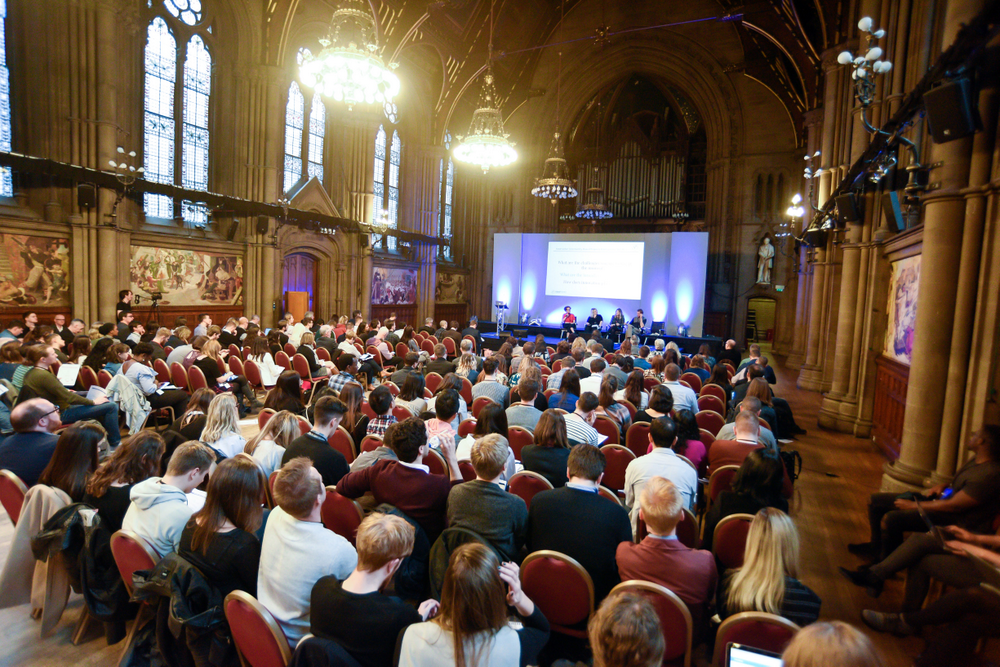
- We continued to ramp up our efforts to train European journalists digital skills. We worked with The European Journalism Centre on the latest series of the News Impact Summit, providing large-scale training events on news gathering and storytelling, combined with design-thinking workshops for journalists in Rome, Hamburg, Budapest, Manchester and Brussels. And our partnership with Netzwerk Medien-Trainer has provided over a thousand journalists across northern Europe with expert training on data journalism, verification and mapping.
Asia Pacific
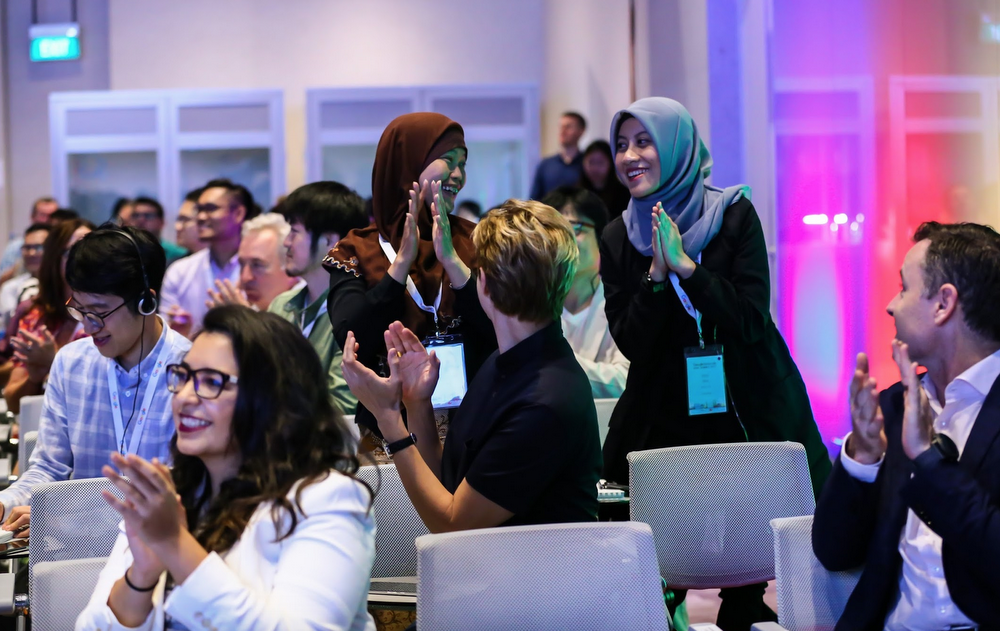
This year, we expanded our training and programs to the Asia Pacific, where we’ve tailored our approach to meet the specific needs of journalists across this diverse landscape. In a part of the world that is largely mobile-first (or mobile-only) and chat apps are the norm, there are a unique set of opportunities and challenges for newsrooms.
- In July, our first News Lab APAC Summit welcomed 180 guests from 150 news organizations across 15 countries to our offices in Singapore. Product specialists and experts from newsrooms across the region came together to share best practices, learn about emerging technologies, and engage in open dialogue on challenges critical to the news industry.
- In India, our Teaching Fellow has provided training and support to around 4K journalists and journalism students across the country. Our partnership with the Digital Identities team helped journalists in New Delhi experiment and engage new audiences with their stories.
- Working in partnership with News Lab, the South China Morning Post released an immersive virtual reality project to depict the changing landscape of Hong Kong over 170 years of history.
- We’re working to support research projects that tackle industry challenges - working with Media Diversity Australia to quantify issues of diversity and representation in the Australian news organizations, while in South Korea we’re supporting a study about the use of chat apps and their role in the news ecosystem.
Latin America
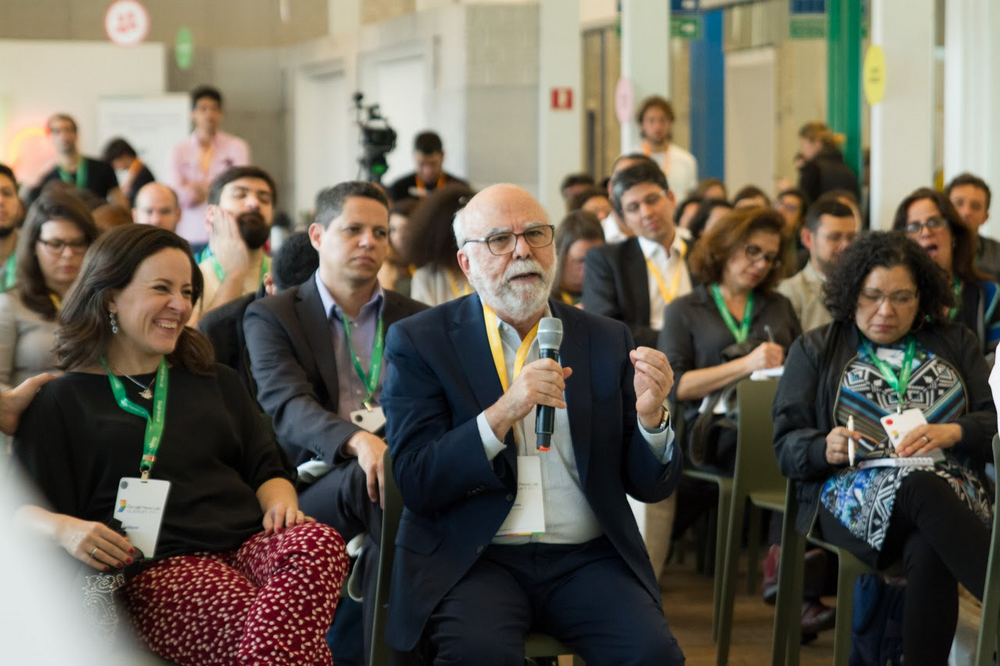
Working with journalists across Latin America, we elevated new voices beyond traditional newsrooms, and helped established journalists experiment with new technology and research. In Brazil alone there are an estimated 139 million Internet users, providing a huge opportunity for news organizations to experiment and test new formats.
- We hosted the first Google News Lab Summit in LatAm Google’s HQ in São Paulo, which convened 115 journalists from across Brazil. Attendees from 71 organizations heard from product managers and industry experts about data journalism, immersive storytelling and verification.
- Impacto.jo, an experimental project in Brazil supported by the News Lab, helps journalists track the social impact of their reporting. As a part of the project, six organizations including Nexo Jornal, Folha de S. Paulo, Veja, Gazeta do Povo, Nova Escola and Projor will each track the public response and social reaction to their stories.
- In Brazil, we brought 300 journalists to a first-of-its-kind independent journalism festival in Rio de Janeiro to share ideas on how to engage audiences online with original journalism.
- Our Teaching Fellows based in Buenos Aires and Mexico City have travelled beyond Argentina and Mexico to provide 75 workshops in Chile, Colombia, Costa Rica, Panama, Peru, Puerto Rico and Uruguay
Middle East & Africa
We are focused on the growing number of mobile phone users, providing trainings for journalists on digital integration, as it remains a challenge in this part of the world.
- We’re working with Code for Africa and the World Bank to provide training to six thousand journalists across 12 major African cities. Their online learning course will provide self-paced lessons for journalists across Africa. They’re also working to support local Hacks/Hackers meetings to bring journalists and developers together to share new ideas.
- In South Africa, we held a GEN Editors Lab hackathon, in association with Code for Africa, that brought together 35 developers and journalists to tackle a range of topics including misinformation. This builds on our support for previous events in Nigeria. We’ll be taking the hackathons to Australia, Japan, Indonesia, Italy, Ireland, Portugal and Taiwan.
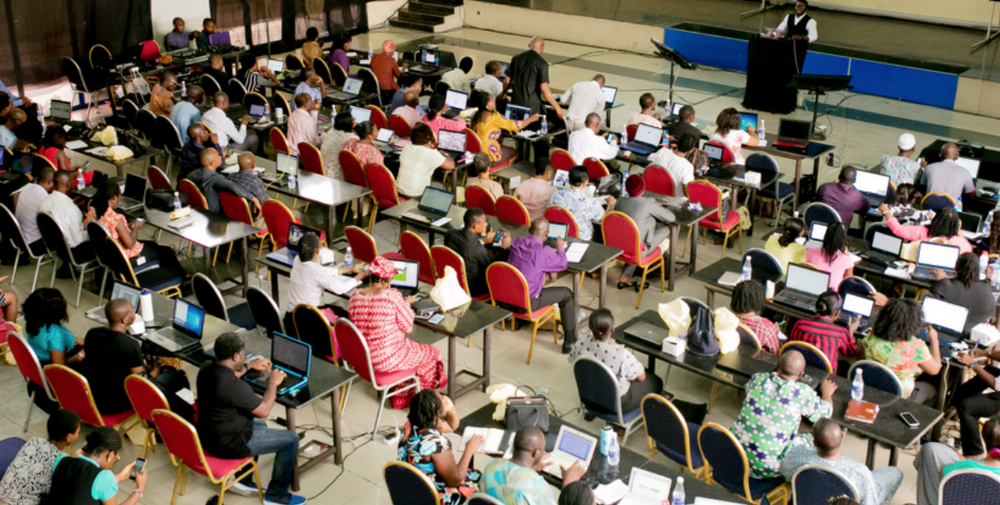
A bulk of our in-person training work has been made possible by the Google News Lab Teaching Fellowship, which launched this year and enlists industry professionals, academic experts and experienced journalists to help us provide practical, in-person workshops and presentations across the world. In total, we hosted workshops, hackathons, and in-person trainings for 48K journalists across 52 countries.
Since we can’t be everywhere in-person, our online training center offers a round-the-clock service in 13 languages including Arabic, Polish, Hebrew and Hindi. We’re continuing to collaborate with training organizations around the world, and our growing Training Network now includes expert trainers in Europe, the U.S. and parts of Asia Pacific. There’s plenty more to do in 2018 and we’re looking forward to working with journalists and newsrooms across the world.

